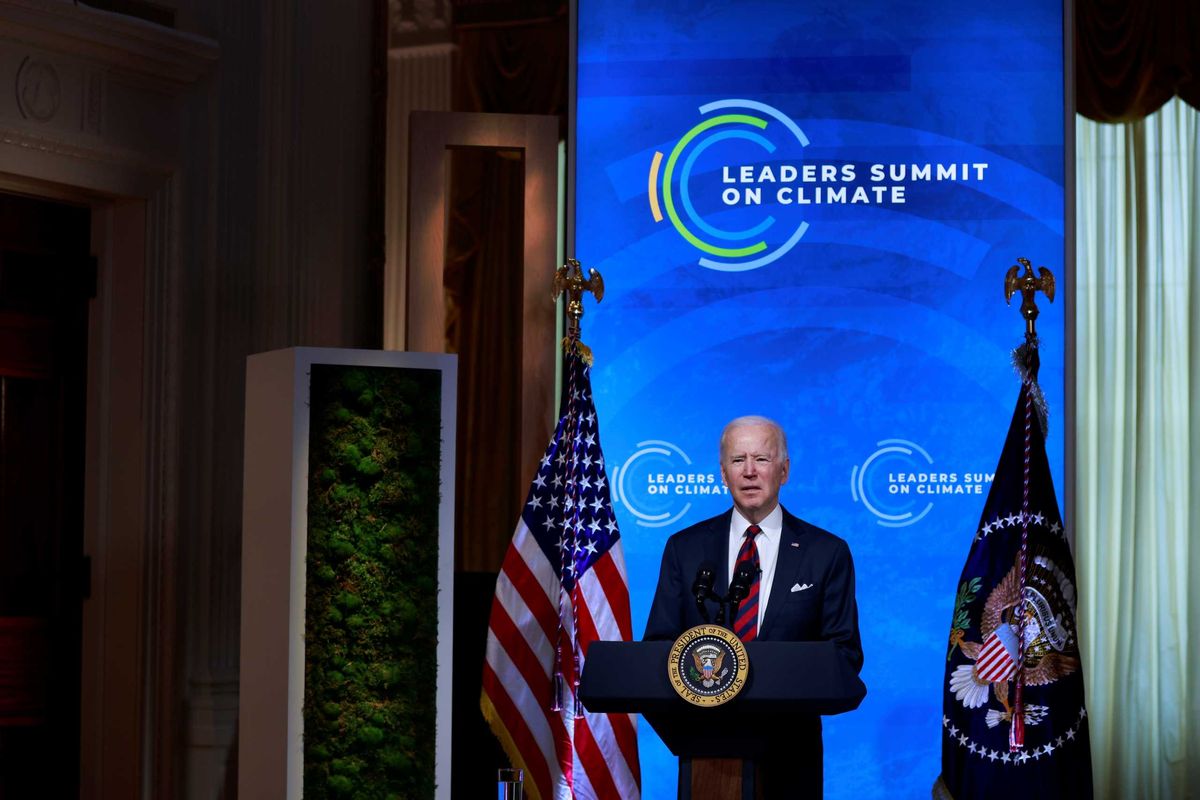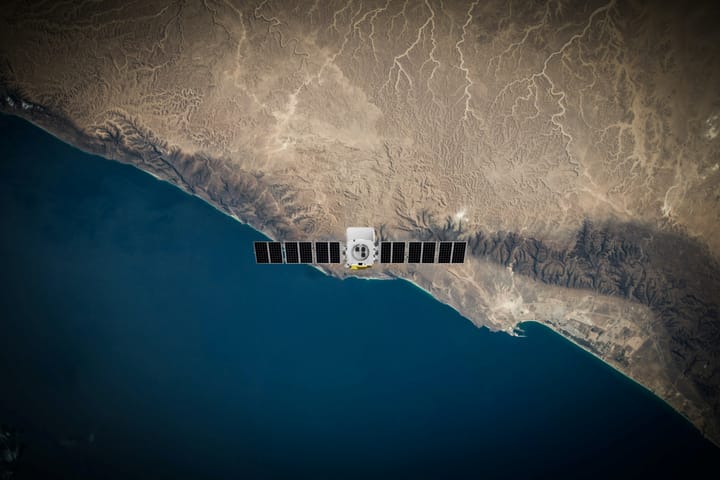What happened at Biden’s global climate summit?

A few minutes every morning is all you need.
Stay up to date on the world's Headlines and Human Stories. It's fun, it's factual, it's fluff-free.
President Biden made one of the biggest commitments at the summit, promising to reduce US emissions by half before the year 2030.
What was the Global Climate Summit?
- Last month, President Joe Biden invited 40 world leaders to the Leaders Summit on Climate. That summit began virtually on April 22, Earth Day, and April 23.
- The main goal of the summit was to discuss global strategies for tackling the problem of climate change, such as working with private industry to reduce carbon emissions.
- There were also discussions about the economic benefits of climate action and about advanced innovations that might help combat climate change.
Isn’t that kind of like the Paris Agreement?
- A little bit, but the Paris Agreement, which was signed more than five years ago, was more about creating ways for countries to keep each other accountable.
- In the Paris Agreement, countries submit what are called nationally determined contributions (or NDCs), which are basically their own goals for climate impact reduction and how that country plans on meeting that goal.
- The agreement also sets out some guidelines for how developed countries can help developing ones reduce their climate emissions.
- The global climate summit was more about getting world leaders together to discuss things that are working, discuss things that aren’t, and make new promises.
- For example, US Energy Secretary Jennifer Granholm committed to cutting in half the cost of solar and battery cell prices, which would make solar energy more affordable.
So what did countries commit to?
- President Biden made one of the biggest commitments, promising to reduce US emissions by half before the year 2030.
- China promised to peak their emissions by 2030 and go completely carbon neutral by 2060. China also agreed to work with the US on climate issues, which is significant because the two have been experiencing tensions over issues like human rights and trade.
- Russia promised to reduce its emissions “significantly” over the next 30 years, as well as promising to majorly contribute to absorbing carbon dioxide.
- Brazil, Canada and Japan promised to reduce their greenhouse gas emissions.
- India promised to increase its production of renewable energy.
- South Korea promised to end public financing of coal power plants.
The hidden cost of fossil fuels
- Carbon emitting energy sources such as fossil fuels power 80% of the world’s energy.
- This source of energy releases greenhouse gases like carbon dioxide into our atmosphere and the more carbon dioxide the hotter the earth will become, which changes the earth’s temperature, contributing to global warming.
- The consequences of this have already included the migration of species, an increase in severe weather events and an impact on food supply as weather affects agriculture and livestock. Another consequence is the spread of diseases and pandemics as animals and insects search for more comfortable climates that suit them better.
So what comes next?
- Now, countries are going to work to implement the things they promised.
- Some countries, particularly those in the European Union, have already made significant strides toward reducing their emissions and have taken additional steps to do more.
- Other countries, like China and Russia, have put out very vague, more easily achieved goals in what may be an effort to not fall short of their stated aims.
- In November, leaders from those countries that were a part of the Paris Agreement will set official emission targets for the next decade at a climate conference in Scotland.
Have a tip or story? Get in touch with our reporters at tips@themilsource.com




Comments ()